
| Recorded by: Mark Basinger on 2025-03-25
Brunswick Co.
Comment: | 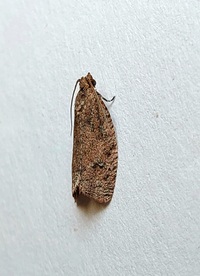
| Recorded by: Mark Basinger on 2025-03-25
Brunswick Co.
Comment: |

| Recorded by: Mark Shields on 2021-05-11
Onslow Co.
Comment: | 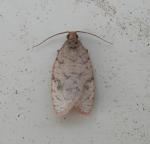
| Recorded by: R. Newman on 2021-04-04
Carteret Co.
Comment: |

| Recorded by: Mark Shields on 2020-05-10
Onslow Co.
Comment: | 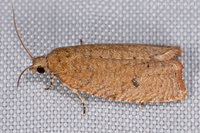
| Recorded by: Mark Shields on 2020-05-02
Onslow Co.
Comment: |

| Recorded by: Mark Shields on 2020-04-18
Onslow Co.
Comment: | 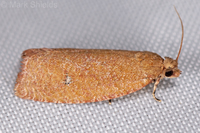
| Recorded by: Mark Shields on 2020-04-08
Onslow Co.
Comment: |
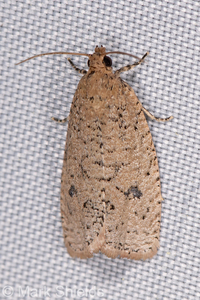
| Recorded by: Mark Shields on 2020-03-21
Onslow Co.
Comment: | 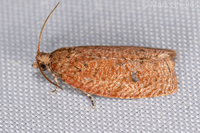
| Recorded by: Mark Shields on 2020-03-17
Onslow Co.
Comment: |
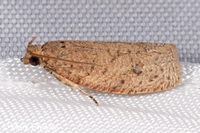
| Recorded by: Mark Shields on 2020-02-25
Onslow Co.
Comment: | 
| Recorded by: Mark Shields on 2020-02-25
Onslow Co.
Comment: |
|

 »
»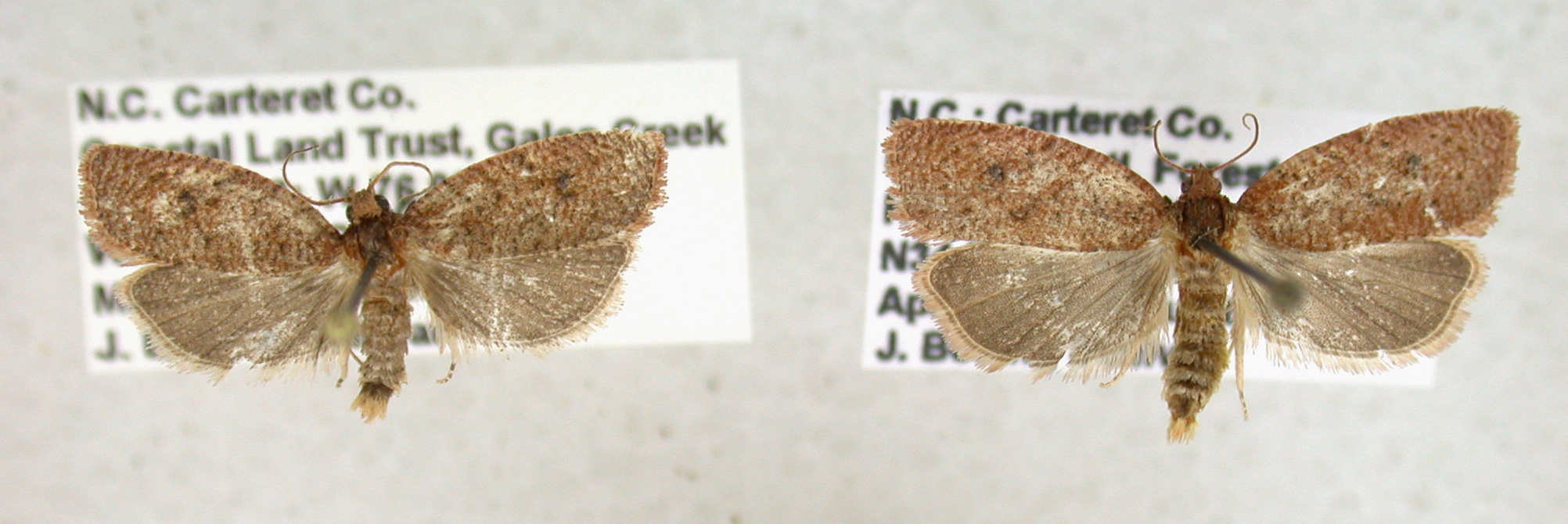



 »
»

